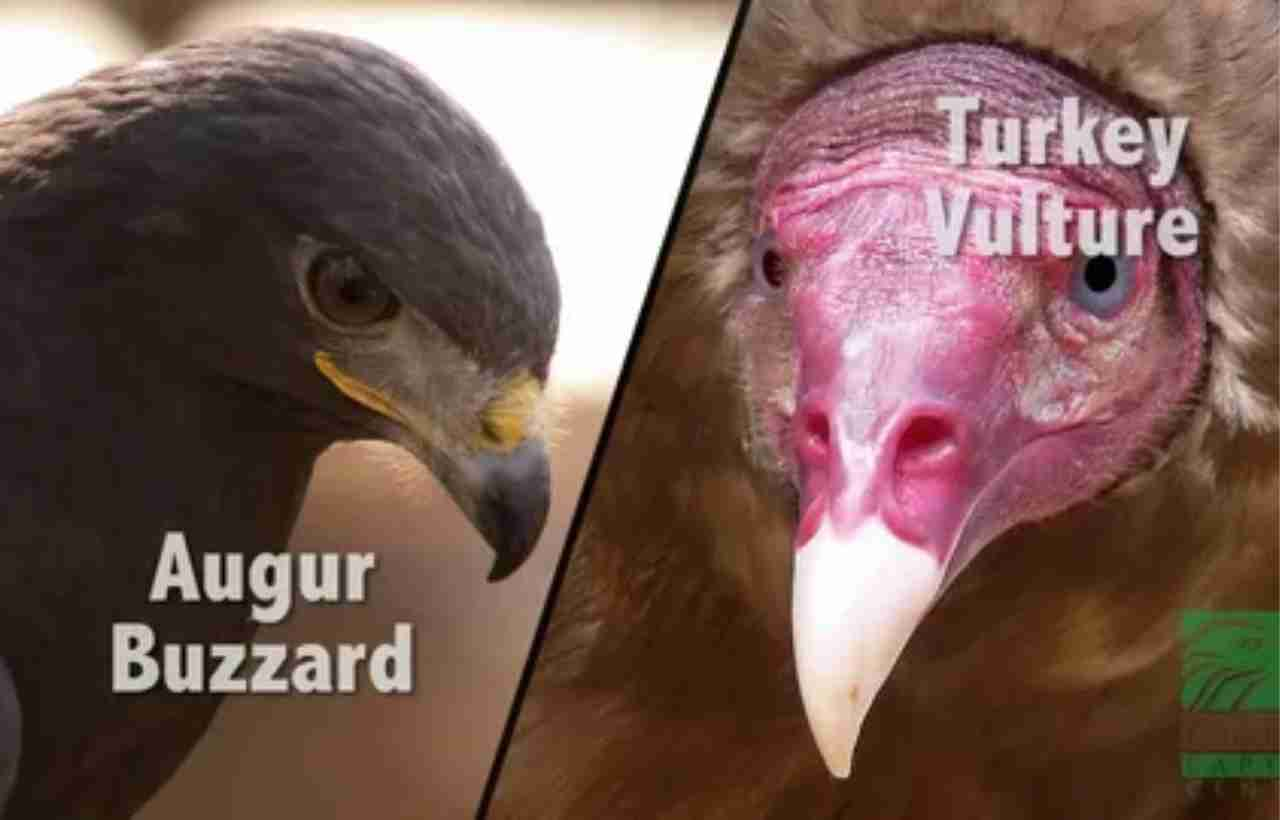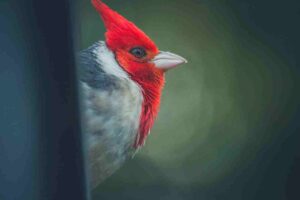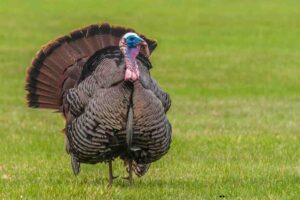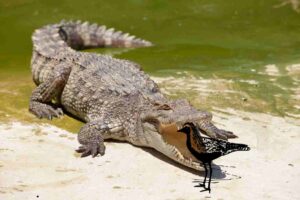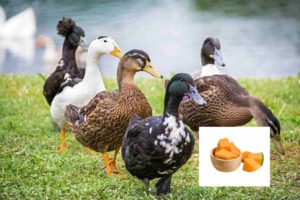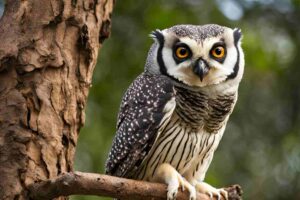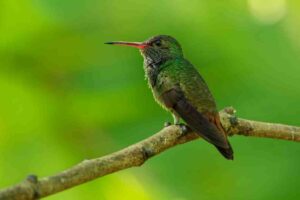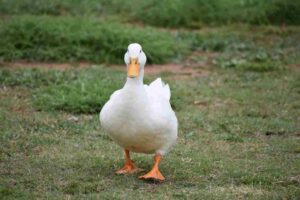When observing birds in the wild, two groups that often come to mind are buzzards Vs vultures. While they may seem similar at a glance, they belong to different families and exhibit distinct behaviors, habitats, and characteristics.
This article delves into the fascinating world of buzzards and vultures, exploring their differences and similarities while providing an in-depth understanding of these remarkable birds.
What Are Buzzards?

Buzzards are typically medium to large-sized birds of prey belonging to the family Accipitridae. They are known for their broad wings, strong beaks, and keen eyesight, which make them efficient hunters.
The term “buzzard” can refer to different species depending on the geographical location. In Europe, for instance, the Common Buzzard (Buteo buteo) is prevalent, while in North America, the term often refers to the Turkey Vulture or the Red-tailed Hawk (Buteo jamaicensis).
Characteristics of Buzzards
- Physical Appearance: Buzzards generally have stout bodies, broad wings, and short tails. Their plumage can vary widely, with most species displaying brown, gray, or black feathers that provide excellent camouflage in their natural habitats.
- Diet: Buzzards are versatile feeders, primarily preying on small mammals, birds, and reptiles. They are skilled hunters, often utilizing their exceptional eyesight to spot prey from high altitudes.
- Habitat: These birds can be found in a variety of environments, including forests, grasslands, and open fields. They prefer areas with ample hunting grounds and suitable nesting sites.
- Behavior: Buzzards are known for their soaring flight patterns, which enable them to cover large distances while searching for food. They are often seen gliding on thermal currents, conserving energy as they scan the ground for potential prey.
What Are Vultures?
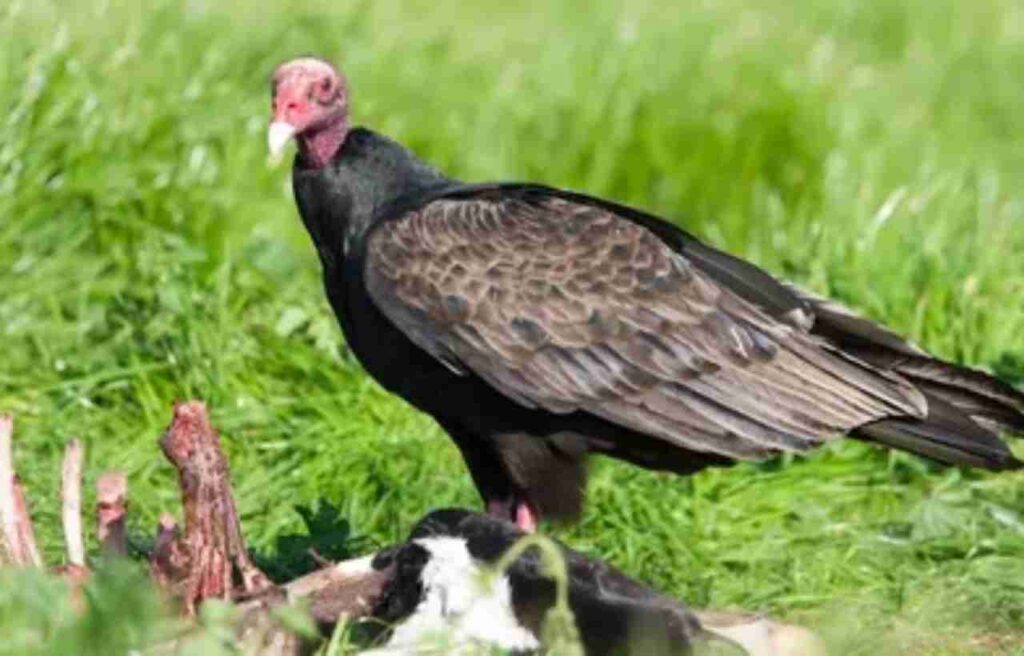
Vultures, on the other hand, belong to two main families: the Old World Vultures (family Accipitridae) and the New World Vultures (family Cathartidae). These scavengers play a crucial role in ecosystems by consuming carrion, which helps to prevent the spread of disease.
Characteristics of Vultures
- Physical Appearance: Vultures tend to have large bodies, long wings, and bald heads. The absence of feathers on their heads is an adaptation to their scavenging lifestyle, as it helps to prevent bacteria and other pathogens from adhering to their skin.
- Diet: Vultures primarily feed on carrion—dead animals—and have an incredible sense of smell or sight that allows them to locate food sources from great distances. New World Vultures, such as the Turkey Vulture, are especially known for their keen sense of smell.
- Habitat: Vultures are found in a wide range of habitats, robin vs cardinal from open grasslands and savannas to forests and deserts. They are often seen soaring high above the ground, searching for food.
- Behavior: Unlike buzzards, vultures are predominantly scavengers, relying on the remains of dead animals for sustenance. They often gather in groups around a food source, using their strong beaks to tear apart carrion the gadwall hen comprehensive guide.
Buzzards vs Vultures: Key Differences

While both buzzards and vultures are birds of prey, they exhibit several key differences that set them apart. Here are some of the most notable distinctions:
1. Feeding Habits
- Buzzards: Primarily hunters, buzzards rely on their hunting skills to capture live prey, such as small mammals and birds. They are not scavengers by nature.
- Vultures: Scavengers by design, vultures feed almost exclusively on carrion. Their role in the ecosystem is vital for cleaning up dead animals and preventing the spread of disease.
2. Physical Features
- Buzzards: Typically have robust bodies, broad wings, and feathers covering their entire heads. Their coloration can vary, but they often blend in with their surroundings.
- Vultures: Characterized by their large size, long wings, and bald heads. Their baldness is an adaptation for hygiene, as it prevents bacteria from infecting their skin when feeding on carcasses.
3. Habitat Preferences
- Buzzards: Prefer open habitats such as fields, forests, and grasslands, where they can easily hunt for prey.
- Vultures: Can be found in a variety of habitats, including savannas, deserts, and mountainous regions, often soaring high in the sky to locate food blog june 20 buzzards vultures.
4. Social Behavior
- Buzzards: Generally solitary or found in pairs, buzzards tend to be more territorial and may defend their hunting grounds from intruders.
- Vultures: Often seen in groups, vultures are social birds that rely on each other to locate food sources. They frequently gather around carcasses and may even engage in cooperative feeding.
Similarities Between Buzzards and Vultures
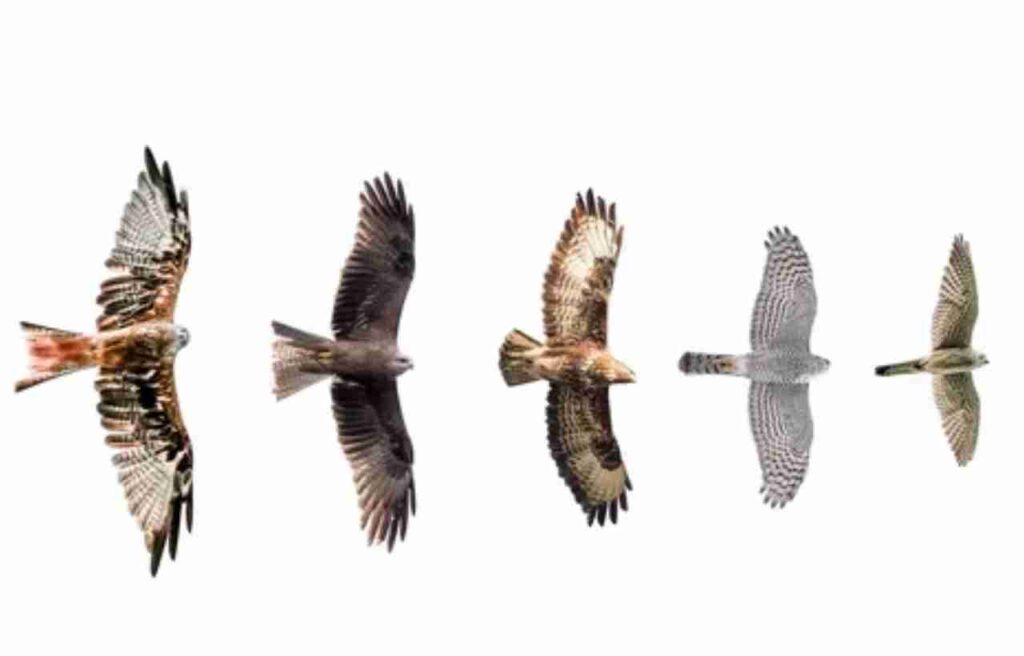
Despite their differences, buzzards and vultures share some similarities that are worth noting:
1. Family Connections
Both buzzards and vultures belong to the broader group of birds of prey, which includes various raptors such as eagles, hawks, and owls. They share certain anatomical features, such as strong talons and keen eyesight, that enable them to thrive as predators.
2. Role in Ecosystems
Both birds play essential roles in their respective ecosystems. Buzzards help control populations of small mammals and birds, while vultures contribute to the health of the environment by disposing of dead animals. Their feeding habits help maintain ecological balance and promote a healthier habitat for other wildlife.
3. Adaptations for Survival
Buzzards and vultures have evolved various adaptations to enhance their survival. For instance, their excellent eyesight allows them to spot prey or carrion from great heights, while their strong beaks are designed for tearing flesh. Both birds also exhibit soaring flight patterns, which enable them to cover vast distances in search of food.
Conservation Status
Understanding the conservation status of buzzards and vultures is crucial, as many species are facing threats due to habitat loss, poisoning, and hunting. Vultures, in particular, have experienced significant population declines in recent years, primarily due to the use of toxic substances in livestock carcasses, which they consume.
Conservation Efforts
Numerous organizations and wildlife agencies are working to protect both buzzards and vultures. Efforts include habitat restoration, public education campaigns, and legal protections against hunting and habitat destruction. Additionally, some programs focus on reducing the use of toxic chemicals in agriculture to safeguard vulture populations.
Conclusion: Buzzards vs Vultures
The discussion of buzzards vs vultures reveals the fascinating differences and similarities between these two groups of birds. Buzzards are primarily hunters, known for their keen eyesight and adaptability to various habitats. Vultures, on the other hand, are essential scavengers that help maintain ecological balance by consuming carrion.
Understanding these differences is crucial for appreciating the roles that both buzzards and vultures play in our ecosystems. As we work to protect these remarkable birds and their habitats, we not only ensure their survival but also contribute to the health of the environments they inhabit. of preserving their habitats for generations to come.
FAQs:
What is the main difference between buzzards and vultures?
Buzzards are birds of prey that actively hunt for small animals, while vultures are scavengers that primarily feed on carrion (dead animals).
Where are buzzards and vultures commonly found?
Buzzards are commonly found in Europe and Asia, while vultures are more widespread, found in every continent except Antarctica and Oceania.
What is the size difference between buzzards and vultures?
Vultures are generally larger, with some species having a wingspan of up to 10 feet. Buzzards are smaller, with a wingspan of about 3 to 4 feet.
